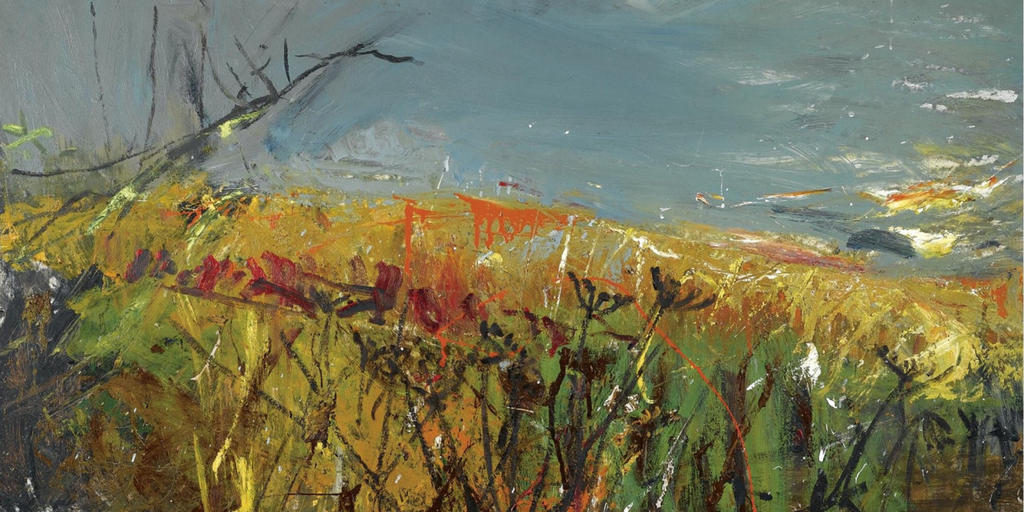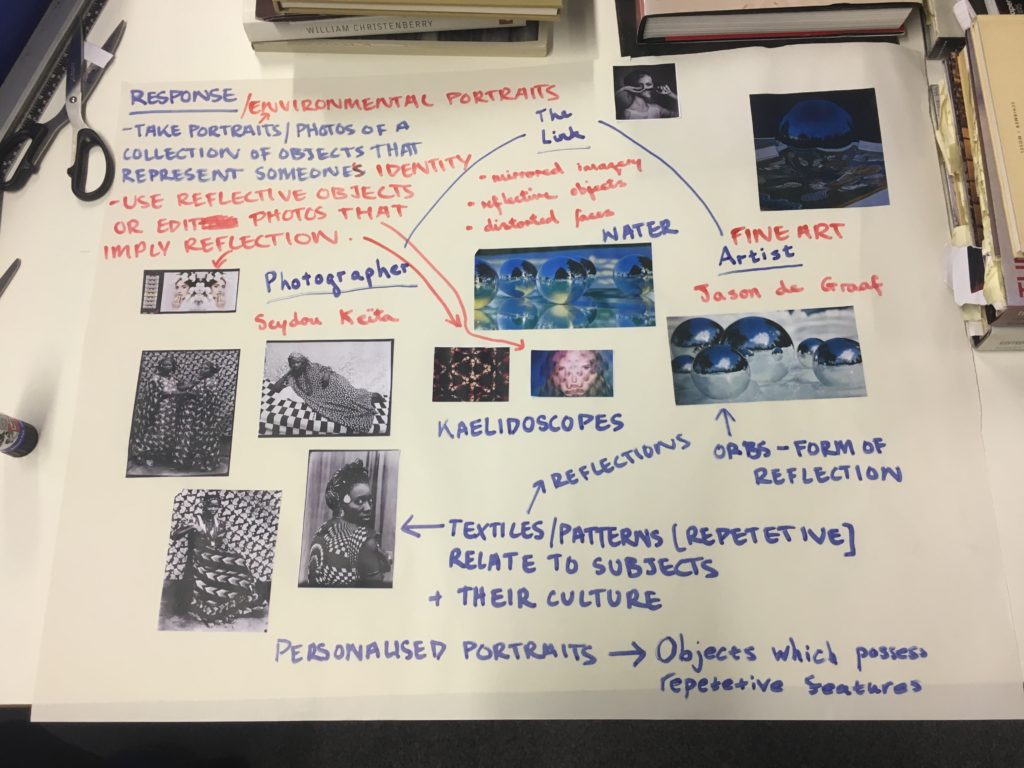Variations in the time of day, season or weather can instantly transform a familiar landscape, whether urban or rural. One heavy rain or low cloud formation reflecting the evening sun’s rays can make us aware of places we normally take for granted. Many artists have documented the same views again and again to demonstrate the beauty of such ephemeral events. Monet’s Haystacks and his studies of Rouen Cathedral demonstrate these effects with sensitivity and keen observation. Other artists inspired by these dramatic shifts are Camille Pissarro, Joan Eardley, John Virtue, David Tress and David Prentice.
David Prentice:
David Tress:
David Tress (born 11 April 1955) is a British artist noted particularly for his deeply personal interpretations of landscapes in and around his home in Pembrokeshire, southwest Wales. He combines the techniques of collage and impasto with conventional painting and drawing to produce results that have been categorized as a form of abstract expressionism. Deciding that he had reached the limit of what he could achieve with realism alone, he instead developed an aggressively expressionist style that involves physically scraping or cutting the painted surface and then repairing it, building up layer upon layer as if to mimic the seasonal sequence of decay and regrowth. Tress makes sketches in the field but the final paintings are done in his studio, relying as much on memory and emotional response to the subject as on the original drawing. Although much of his work borders on the abstract, some, particularly his graphite drawings, is intensely realistic, taking on an almost photographic quality when viewed from a distance. As well as Wales, his subjects include landscapes in Scotland, the Lake District, Ireland and southern France, along with cityscapes of London.
Joan Eardley:
Joan Kathleen Harding Eardley (18 May 1921 – 16 August 1963) was a British artist noted for her landscapes of the fishing village of Catterline and surroundings on the North-East coast of Scotland. Her artistic career had three distinct phases. The first was from 1940 when she enrolled at the Glasgow School of Art through to 1949 when she had a successful exhibition of paintings created while travelling in Italy. From 1950 to 1957, Eardley’s work focused on the city of Glasgow and in particular the slum area of Townhead. In the late 1950s, while still living in Glasgow, she spent much time in Catterline before moving there permanently in 1961. During the last years of her life, seascapes and landscapes painted in and around Catterline dominated her output.[

Brainstorming ideas:
I have created a brainstorm linking the fine artist Jason de Graaf with Seydou Keita, based around portraiture and mirrored imagery. However, after brainstorming the links and ideas between the two, I have decided to go down the route of landscapes rather than portraiture for my project.



